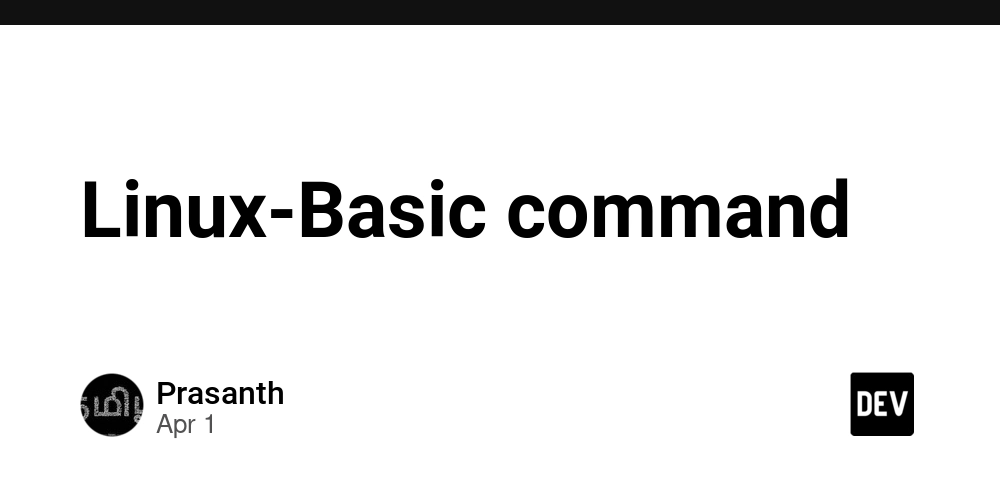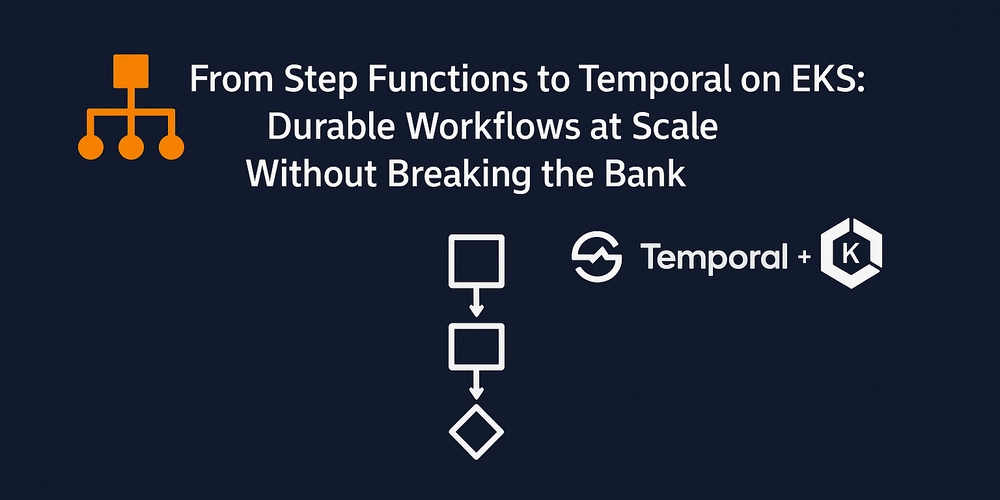Thinking about Exceptions
Let's Think a Little Bit About Exceptions What Is an Exception? An exception is an event that occurs unexpectedly and disrupts the normal flow of a program. We never write code thinking, "This should be a good exception!" On the contrary, exceptions happen when something goes wrong beyond our control or planning. Therefore, handling exceptions properly is crucial to ensuring that our system remains robust and reliable. Checked vs. Unchecked Exceptions Whether you're using Java or Kotlin, exceptions are an essential part of the language. Let's explore the hierarchy behind exception handling. Checked Exceptions Checked exceptions are exceptions that are verified at compile time. This means that the compiler forces you to handle them either by using a try-catch block or by propagating them with the throws keyword. The base class for checked exceptions is Exception (excluding RuntimeException and its subclasses). Examples: IOException, SQLException, FileNotFoundException. Unchecked Exceptions Unchecked exceptions occur during runtime and are not checked at compile time. They usually arise due to logical errors in the program, such as accessing a null reference or an invalid index. The base class for unchecked exceptions is RuntimeException. Examples: NullPointerException, ArrayIndexOutOfBoundsException, IllegalArgumentException. Handling and Throwing Exceptions In Java, you can either handle exceptions directly or propagate them to the caller. Let’s look at both approaches. Handling Exceptions The most common way to handle exceptions is by using a try-catch-finally block: try { yourMethod(); // Additional logic } catch (IOException e) { // Log the stack trace or throw a custom exception throw new CustomException("Error executing the method", e); } finally { // Cleanup resources, such as closing files or database connections }
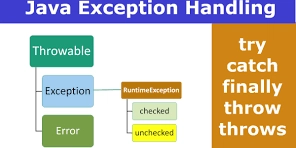
Let's Think a Little Bit About Exceptions
What Is an Exception?
An exception is an event that occurs unexpectedly and disrupts the normal flow of a program. We never write code thinking, "This should be a good exception!" On the contrary, exceptions happen when something goes wrong beyond our control or planning.
Therefore, handling exceptions properly is crucial to ensuring that our system remains robust and reliable.
Checked vs. Unchecked Exceptions
Whether you're using Java or Kotlin, exceptions are an essential part of the language. Let's explore the hierarchy behind exception handling.
Checked Exceptions
Checked exceptions are exceptions that are verified at compile time. This means that the compiler forces you to handle them either by using a try-catch block or by propagating them with the throws keyword. The base class for checked exceptions is Exception (excluding RuntimeException and its subclasses).
Examples: IOException, SQLException, FileNotFoundException.
Unchecked Exceptions
Unchecked exceptions occur during runtime and are not checked at compile time. They usually arise due to logical errors in the program, such as accessing a null reference or an invalid index. The base class for unchecked exceptions is RuntimeException.
Examples: NullPointerException, ArrayIndexOutOfBoundsException, IllegalArgumentException.
Handling and Throwing Exceptions
In Java, you can either handle exceptions directly or propagate them to the caller. Let’s look at both approaches.
Handling Exceptions
The most common way to handle exceptions is by using a try-catch-finally block:
try {
yourMethod();
// Additional logic
} catch (IOException e) {
// Log the stack trace or throw a custom exception
throw new CustomException("Error executing the method", e);
} finally {
// Cleanup resources, such as closing files or database connections
}













































































































































































![[The AI Show Episode 142]: ChatGPT’s New Image Generator, Studio Ghibli Craze and Backlash, Gemini 2.5, OpenAI Academy, 4o Updates, Vibe Marketing & xAI Acquires X](https://www.marketingaiinstitute.com/hubfs/ep%20142%20cover.png)













































































































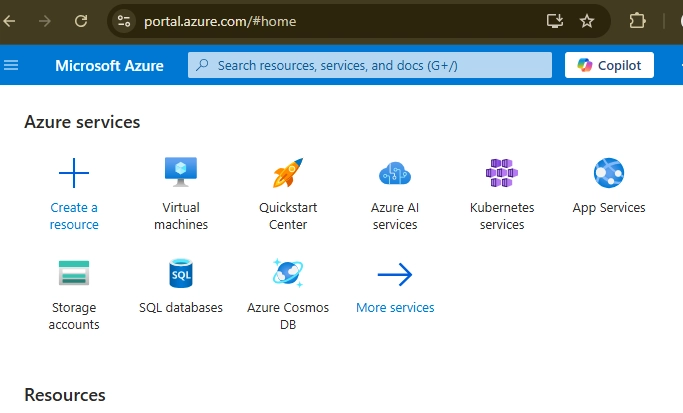












![[FREE EBOOKS] The Kubernetes Bible, The Ultimate Linux Shell Scripting Guide & Four More Best Selling Titles](https://www.javacodegeeks.com/wp-content/uploads/2012/12/jcg-logo.jpg)



![From drop-out to software architect with Jason Lengstorf [Podcast #167]](https://cdn.hashnode.com/res/hashnode/image/upload/v1743796461357/f3d19cd7-e6f5-4d7c-8bfc-eb974bc8da68.png?#)






































































































.png?#)





.jpg?#)































_Christophe_Coat_Alamy.jpg?#)






































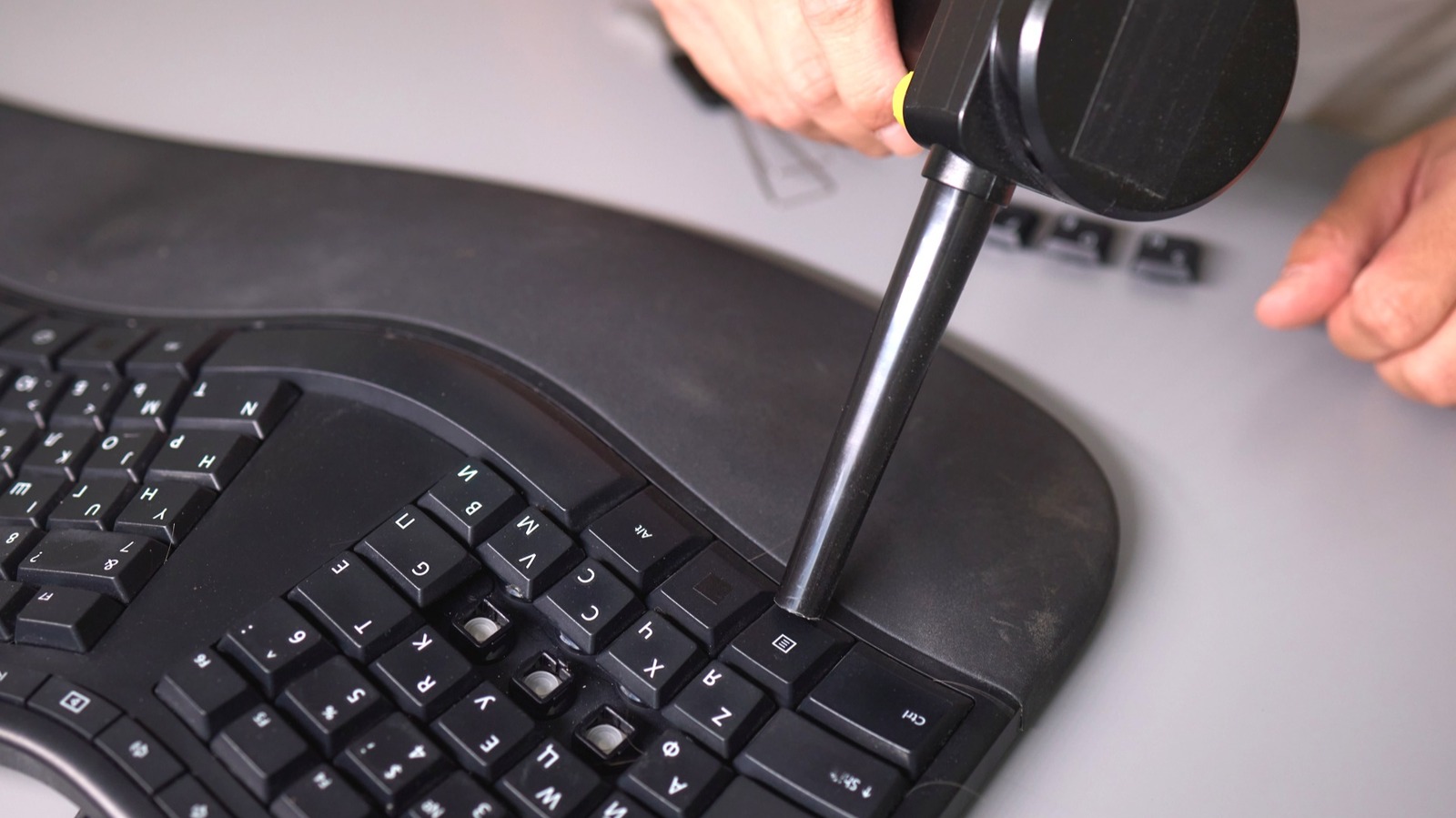
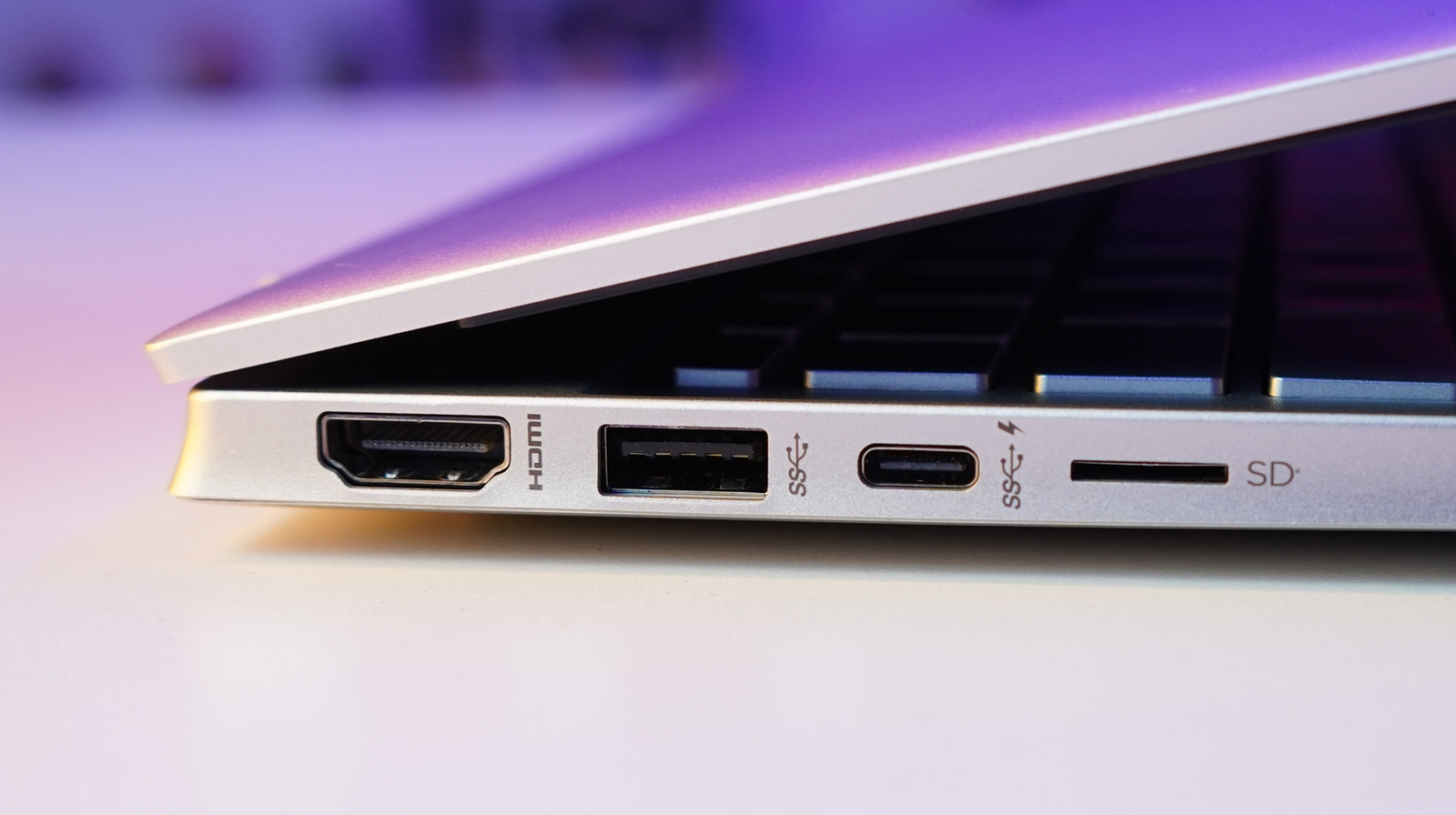
































































![Rapidus in Talks With Apple as It Accelerates Toward 2nm Chip Production [Report]](https://www.iclarified.com/images/news/96937/96937/96937-640.jpg)




































































































































